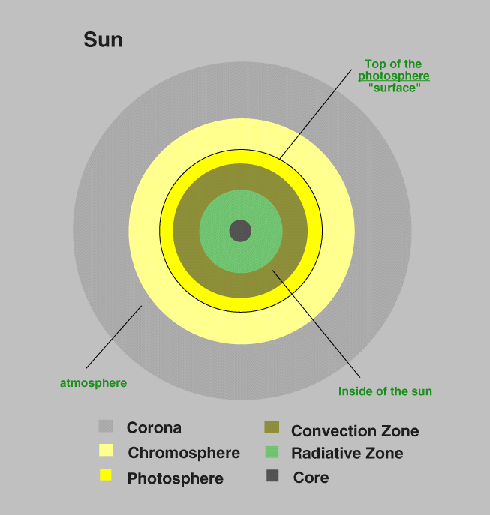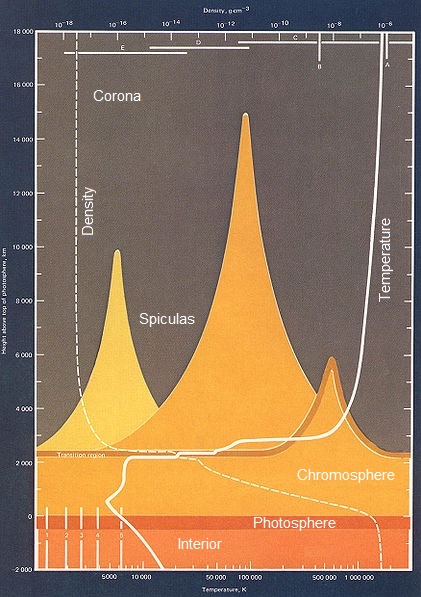


(A) Each photosphere was first decomposed into smaller undistorted image. No problem You can study astronomy any place, any time. These reactions release the energy that ultimately leaves the surface as visible light. From the inside out, the solar interior consists of: the Core (the central region where nuclear reactions consume hydrogen to form helium. The Sun's rotation axis is tilted by about 7.15 degrees from the axis of the Earth's orbit so we see more of the Sun's north pole in September of each year and more of its south pole in March. The Sun The sun and its atmosphere consist of several zones or layers. This rotation was first detected by observing the motion of sunspots in the photosphere. visible surface of the sun How hot is the photosphere 4800 - 6000 degrees C or 8700 - 10,800 degrees F Describe the.
#Science definition of photosphere download
The longest of these jets of plasma reach heights of 5,000 km (3,000 miles) before sinking back toward the Sun. Download scientific diagram Comparing salience and meaning maps to gaze behavior. The Sun rotates on its axis once in about 27 days. In certain wavelengths of light, spicules give the Sun a grassy texture. As you move away from the surface, the chromosphere gurgles with hairy-looking spicules bursting from the surface.

These gigantic plumes of gas are trapped by magnetic fields above the photosphere, reaching altitudes of 150,000 km above the Sun. The most visible and impressive features of the chromosphere include filaments and prominences. You can see this red color at the very edge of the Sun during a total solar eclipse. The photosphere is not like the surface of a planet even if you could tolerate the heat, you couldn't stand on it. Theinner layer of the suns atmosphere is called thephotosphere.Photomeans light, so thephotosphere is the sphere that gives off visible light.At the. It is what we see as the visible surface of the Sun. The chromosphere appears red because of the large amount of hydrogen present. The boundary between the Sun's interior and the solar atmosphere is called the photosphere. Temperatures in the chromosphere range from 4,000 K (6,700 degrees F or 3,700 degrees C) near the surface and rise up to 8,000 K (14,000 degrees F, or 7,700 degrees C) at the top. This layer sits just above the photosphere between about 400 km (250 miles) and 2,100 km (1,300 miles) above the solar surface. Chromosphere literally means “sphere of color.” This is the second of the Sun’s three main layers of atmosphere.


 0 kommentar(er)
0 kommentar(er)
